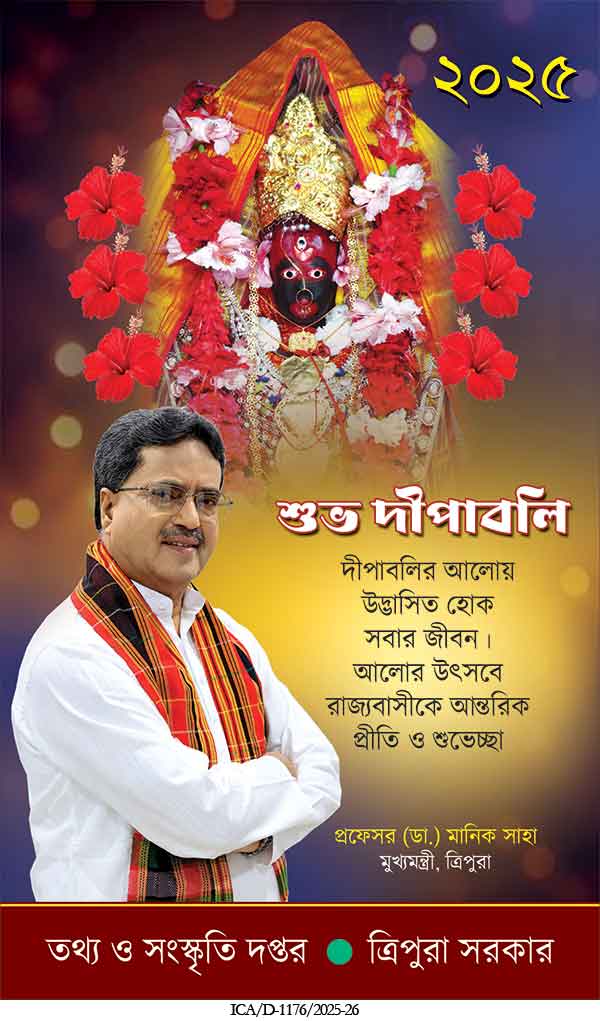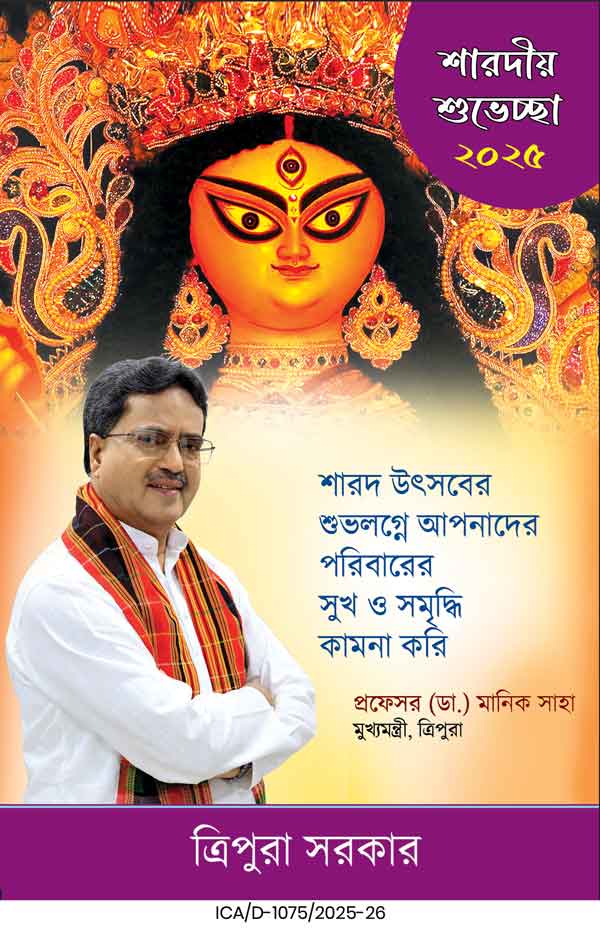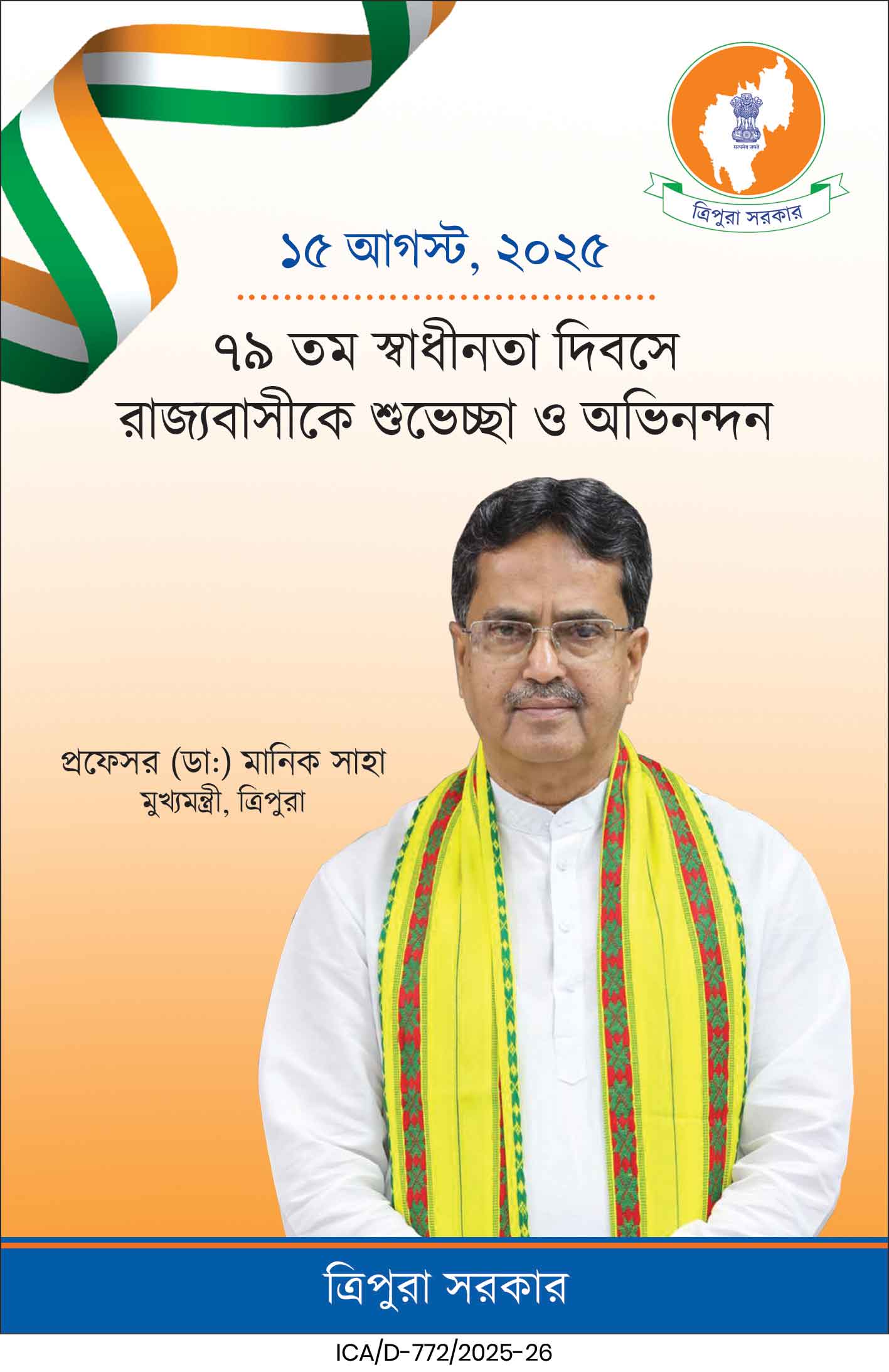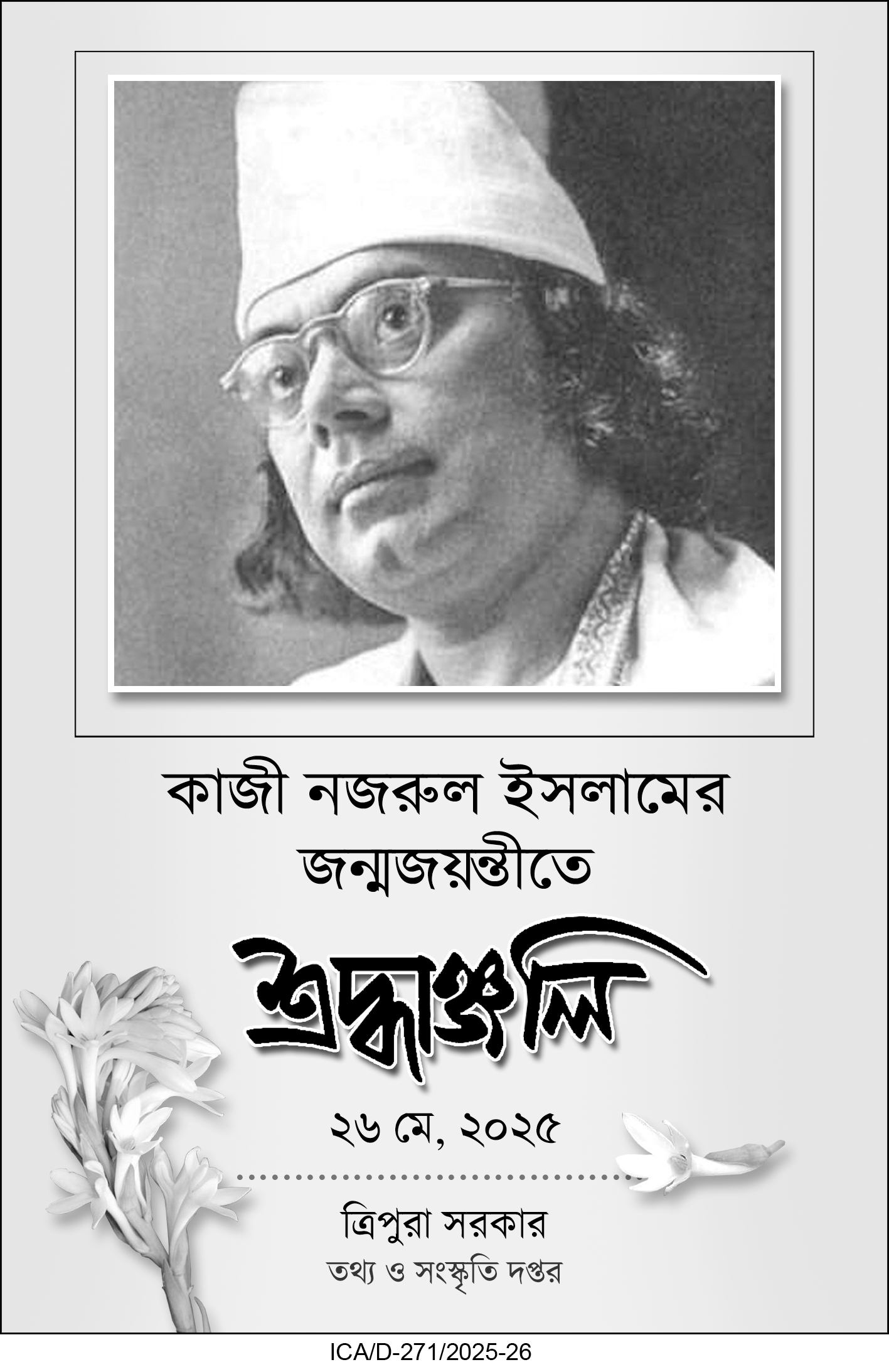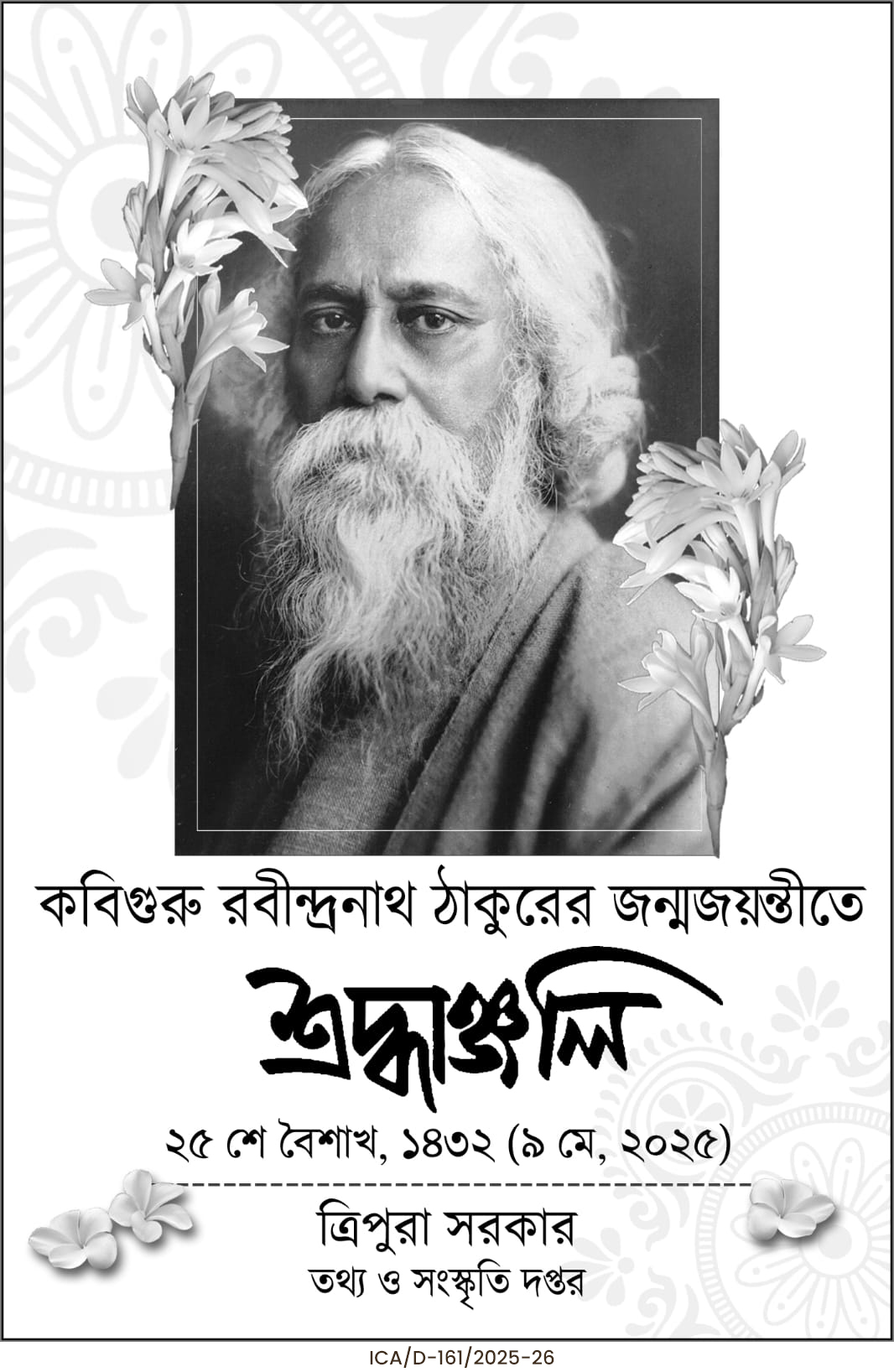Nagaland CM Neiphiu Rio inaugurates a 7-storey cultural complex in Kohima to promote the state’s 17 tribes through handloom, handicrafts, and the new Naga Unity Shawl. Emphasising cultural preservation, authenticity, and economic growth, the initiative marks a milestone in showcasing Nagaland’s diverse tribal identity and traditions.
To promote the cultural wealth of Nagaland, Chief Minister Neiphiu Rio on Friday inaugurated a landmark seven-storey Nagaland State Emporium Complex in Kohima. The facility is poised to become a central hub for the state’s vibrant handloom, handicrafts, and cultural heritage, acting both as a showcase and an economic catalyst for the state’s tribal communities.
The event carried deep cultural resonance, set against the background of Nagaland’s unique social fabric comprising 17 major tribes and numerous sub-tribes. Each tribe contributes to the state’s rich legacy of customs, attire, songs, and crafts—many of which are in danger of being diluted or lost in the wave of modernisation and globalisation.
Chief Minister Rio stressed that the true strength of Nagaland lies in its diversity. “Our state’s diversity, embodied in over 17 major tribes, gives rise to a rich tapestry of customs, attire, and traditional artistry. Every motif and weave tells a story. We must preserve and promote these with authenticity and pride,” he stated, laying the groundwork for a renewed cultural revival.
The new emporium is more than just a building. Described by the Chief Minister as a “beacon of identity and opportunity”, it represents a comprehensive approach to heritage conservation, cultural documentation, and economic empowerment. The background to this initiative includes years of planning and vision to elevate traditional crafts to modern relevance and market competitiveness.
Rio underscored the importance of preserving authenticity while adapting to wider markets. He emphasized that tribal authorities should approve traditional designs before mass production to maintain cultural integrity. This call for authenticity is especially relevant in the context of increased commercialization, where designs are often replicated without cultural context or consent.
Highlighting the need for systemic support, the Chief Minister proposed structured documentation, improved quality control, and the archiving of artefacts, textiles, songs, and even traditional cuisines. “Let us not merely export raw materials, but create finished products that showcase the richness of our traditions,” he said. He also advocated for deeper collaboration between local artisans and professional designers to add value and global appeal to traditional crafts.
The Nagaland Handloom & Handicrafts Development Corporation Ltd. (NHHDC), which spearheaded the initiative, has already established emporiums in Delhi, Kolkata, and five districts within Nagaland. These centres not only promote trade but also act as cultural ambassadors and guardians of traditional knowledge.
NHHDC Chairman Prasielie Pienyu remarked that the inauguration of the seven-storey facility marks not just the culmination of a construction project but the realisation of a long-held vision to uplift and empower local artisans. “This new complex stands as a symbol of our cultural pride, the resilience of our artisans, and the economic potential of the handloom and handicrafts sector in Nagaland,” he said.
A key highlight of the event was the launch of the Naga Unity Shawl—a symbol of shared identity and inter-tribal harmony. Woven at the NHHDC Weaving Production Centre in Dimapur, the shawls are designed to visually represent unity among the tribes.
| Also Read: DRI Seizes Methamphetamine Tablets worth Rs. 16 cr in Mizoram |
The men’s shawl features a three-panel design using Naga cultural colours—black, red, and white—while the central panel bears motifs common to all tribes. The women’s shawl, in contrast, is a single-panel piece segmented into three parts: multicoloured stripes at the top and bottom reflecting the diversity of Naga women’s attire, and a central white portion adorned with motifs inspired by traditional ornaments.
This symbolic garment represents more than aesthetics—it is a visual manifesto of unity among diversity. The initiative hopes to cultivate a shared sense of pride and identity among all Naga communities, fostering mutual respect and cultural preservation.
As Nagaland continues to modernise, initiatives like the Nagaland State Emporium Complex serve as essential milestones, blending tradition with innovation. With robust institutional backing, community participation, and a clear vision for the future, the state is laying a strong foundation for preserving its tribal legacy while positioning its artisans for national and global recognition.

